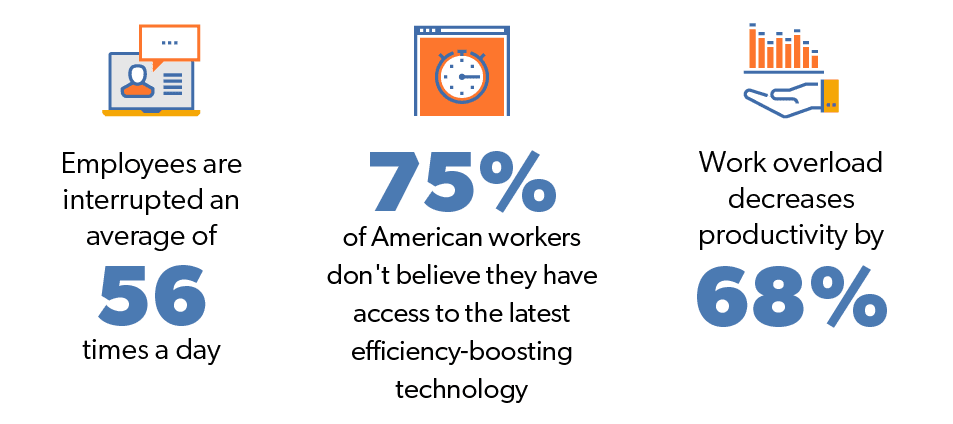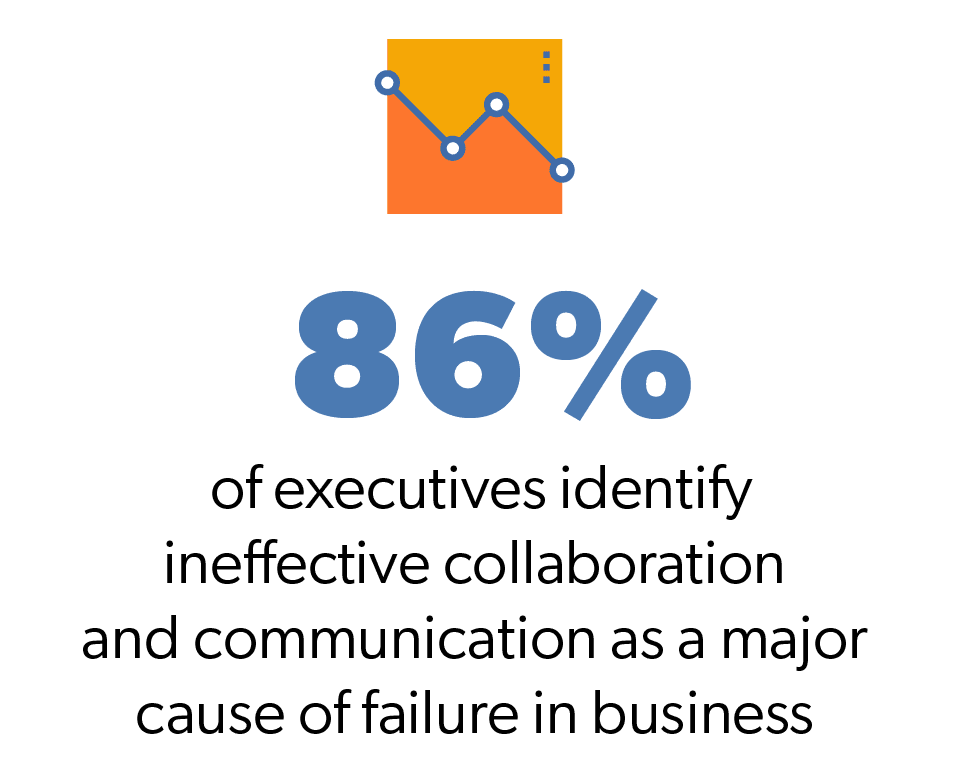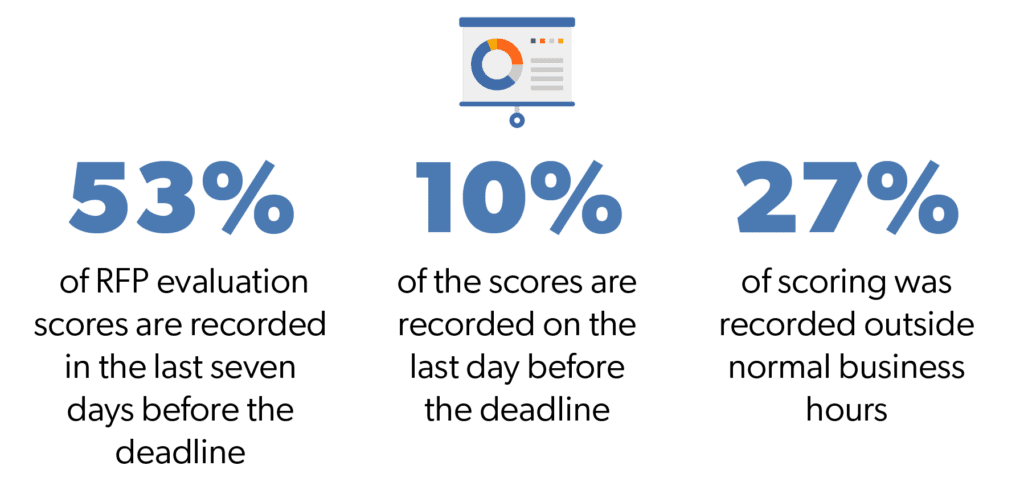Organizations resist investing in new technology for many reasons — concerns about ROI, not wanting to disturb workflow, maintaining current processes — the list goes on. But in the age of digital transformation, each day of delay is a day your business is potentially falling behind the competition. So, it’s important to ask — what could your organization be losing as a result? What is the real cost of an inefficient RFP process? The same conversations happen when examining the RFP process.
Organizations delay investing in new RFP software for a lot of reasons, maybe legacy systems are doing an adequate job or perhaps there’s a belief that manual RFP work and analog processes are saving the company money. But, when you consider the speed of technology, you may not be saving as much money as you think. But, how much are organizations really losing relying on an old, inefficient RFP process? Let’s explore.
Inefficiency in the workplace: The big picture
Inefficiency is often rooted in a simple problem: employees that are poorly equipped or lacking the tools it takes to do the job. In fact, 75 percent of American workers don’t believe they have access to the latest efficiency-boosting technology.
Interruptions are also a key cause of lost productivity. If you’ve been on the receiving end of a few too many pings, alerts and notifications today, you’re not the only one. As G2 reports,
“The average employee is interrupted from their work 56 times a day. The average employee spends two hours a day recovering from interruptions.”
Also contributing to the widespread workplace inefficiency crisis: workloads that are too full. Even when your organization has a team of dedicated, driven, high-capacity professionals, prioritizing and managing too many projects and responsibilities is an overwhelming and costly struggle. As Dynamic Signal explains, work overload decreases productivity by 68 percent in employees who feel they don’t have enough hours in the day to complete their tasks.

4 ways RFP software cures your inefficient RFP process
Like the grand-scale problem of workplace inefficiency, your organization may also be losing revenue by not implementing time-saving RFP software.
Think about how your organization navigates the RFP process today. Sending Word and Excel files emailed back and forth? Maintaining binders and file folders? Managing cumbersome email chains? 84% of organizations still use an inefficient RFP process to manage their RFP responses. This waste adds up and helps to prove the real value of RFP software and the true cost of not having the right RFP tool for your team.
Investing in an RFP process improvement solution
The numbers tell the larger story: workplace inefficiency is a pricey problem. And while organizations may think they are saving money when they steer clear of new solutions, the very opposite may be true. There’s a big price tag when organizations choose inefficiency.
Improve awareness to improve productivity
Improving productivity, at the core, starts with awareness. First, how does your organization define value? And then, what tools do you need to provide to empower and equip your team? As the Harvard Business Journal advises,
“To really improve productivity — and to be honest about what it means — you first have to gain a level of organizational self-awareness to understand what work actually drives value at your company, and then direct employees towards these tasks.”
Organizational change
Shifting the organizational perspective is also a game-changer, as the Harvard Business Journal continues,
“To be clear, individual productivity is often a worthy goal. But leaders also need to stop thinking about productivity at an individual — or even team — level. It’s time to start shifting to an organizational mindset and set of tools that can provide full visibility into what work is actually getting done in aggregate, and where it does (or does not) create value, how ever you define it.
Holistic software investments
Thinking holistically as you make investments in software is critical.
“The ultimate — albeit difficult-to-achieve — goal is a large organization in which all knowledge workers have full context, tools, and support to focus their time on the biggest value drivers of the business without being bogged down by overhead and bureaucracy. That’s exciting not only for the actual productivity gains that will result at an organizational level, but also for each employee who will finally have a clear sense of what matters and how to be successful. A company will know that they’ve achieved this state when personal productivity gains actually do add up to enterprise ones.”
Request a free demo to see first-hand how RFP360 can improve your inefficient RFP process.


